If you are gassing out too quickly when climbing, here are 9 things you can do to help you climb better on your mountain bike:

1. Pace your breathing.
Race horses breathe in and out with every gallop. Focus on keeping your inhaling and exhaling at a good pace when you are exerting yourself during the climb. After the climb, continue a good breathing pace to “catch up” before you hit the next climb.
2. Get mental.
Good climbing technique is often a mental game. If you look up and see a long climb ahead, often the best thing to do is to break it down into manageable sections. Sometime you have to push through some of the burning legs feeling, and only focus on the tree up ahead near the big boulder. When you are almost there, then you switch your focus to the gully further up, etc. Breaking the climb into pieces makes it much more manageable mentally, instead of the whole climbing being one massive monster that you cannot conquer.
3. Stay seated.
Getting off your seat is sometimes necessary for a short burst of speed, but caution! Use this technique very sparingly, because it will fatigue you very quickly. Staying seated is much more efficient, since you don’t have to support your body weight. If the climb is really steep and you feel the front wheel wanting to lift, shift your sitting position farther forward on the horn of your seat and lean a bit more forward.

4. Maintain a good cadence.
A higher cadence on a lower gear is more efficient over the long haul than a higher gear with a cadence that is too low. Trying to power your way through a taller gear might seem faster, but it will drain your energy reserves more quickly. When you maintain a higher cadence and stay in the aerobic zone, your muscles can clear out the lactic acid to prevent a buildup. But if you push a really high gear at a slower cadence, chances are you’ll go anaerobic and your muscles won’t be able to clear out that lactic acid. Consequently, you’ll burn out too soon.
5. Maintain momentum.
Try to not slow down too much for turns and obstacles during the climb. Repeatedly getting yourself back up to speed uses up a lot of energy. This also means picking up speed before you hit the steep sections, so that you can carry more momentum into them.
6. Stiffen the fork and shocks.
If you have an adjustable fork and shock on your bike and the trail has plenty of climbs, dial down the fork compression and set the shock to climb mode. As long as there aren’t a bunch of technical sections coming up on the trail where my suspension is going to get a real work-out, I usually stiffen up my fork and shock. This makes the ride harsher but it also makes climbing more efficient. A soft, squishy ride is great for maintaining control on the bumpy stuff and on downhills, but is generally not as efficient for climbing.

7. Stay well hydrated.
I always pre-hydrate myself before I even start riding. I then continue to hydrate during the ride. I remember my soccer coach in high school always drilling it into us: “It takes 20 minutes for that water that you just drank to get to your system. So drink a very good amount of water 20 minutes before you start the game.” This also means not to wait until you are thirsty to get your next drink during the ride. If you do that, you will never be able to keep up with your hydration needs.
8. Ride more often.
If you’re still having issues making it up the climbs, focus on getting yourself into better cardio shape. You may just need to up your cardiovascular activities. I know that usually at the end of the season, I can do the same climbs much easier than I did at the beginning of the season.
I know that many of us (myself included) can’t ride as often as we’d like. In order to keep my aerobic fitness up, I now also do brisk walks of 2-3 miles around 3 times per week. During these brisk walks, I mix in 1-minute slow jogs just to get my heart rate up (just like circuit training on a tread mill). These walks are just another really awesome way to improve my cardio. I just started doing this a few months ago, and it has made a huge difference for my riding.
9. Make sure your tires are properly inflated.
Last time I hopped onto my bike, I noticed that my ride was slow and I was pushing myself with more effort than normal. I then noticed that my rear tire was a bit noisy. I stopped and checked my tire pressures (I always ride with a small pump and gauge). It read 15 psi front and 12 psi back. I pumped them both up to 28 psi and it made a huge difference in the amount of effort that it took to get up to and maintain speed. I probably also just avoided a pinch flat. Now-a-days I check my tire pressures much more often.
Your turn: What’s your #1 personal tip for better, more efficient, climbing?
[see_also id=”190707″][/see_also]










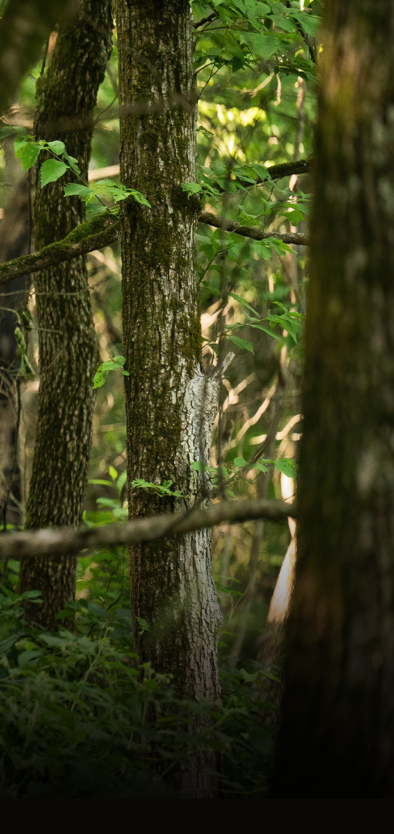


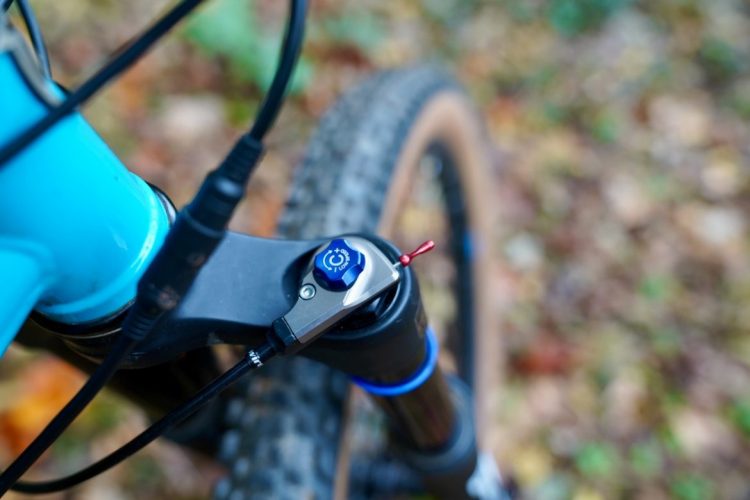
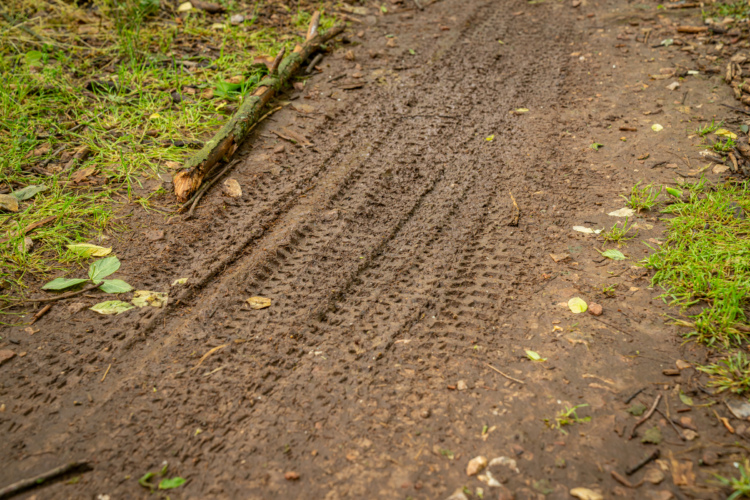
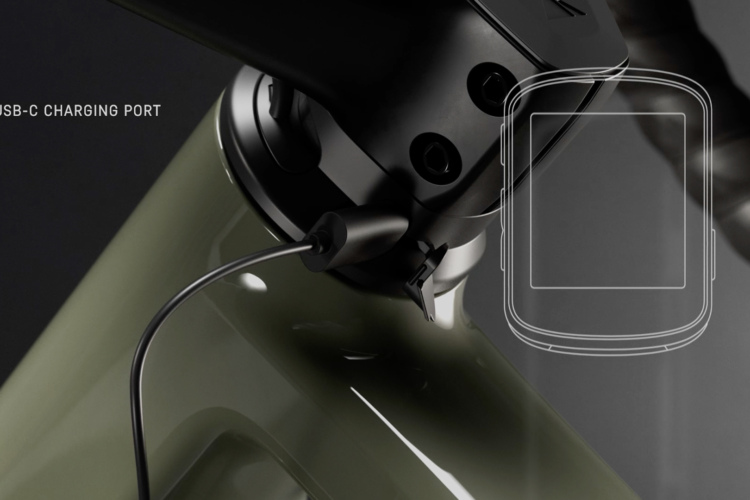
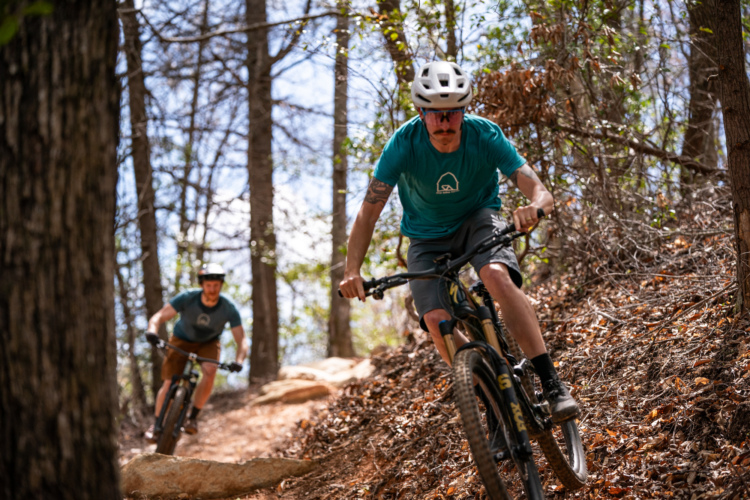
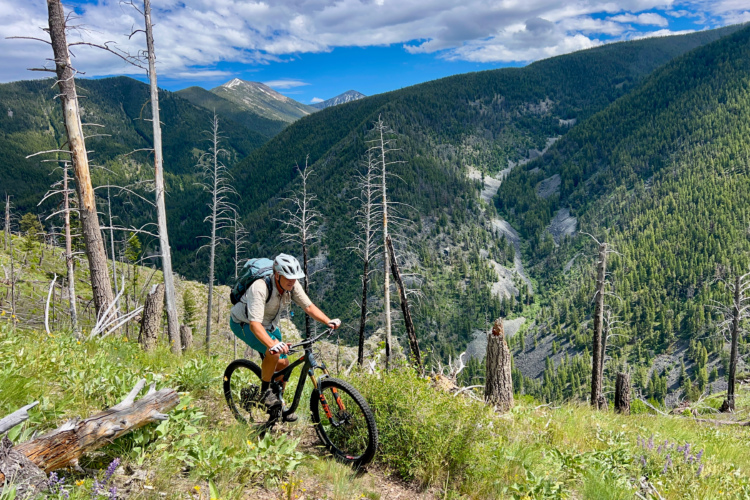

27 Comments
Nov 9, 2013
Also one more thing. I bought Lee McCormicks book Prepare to Pin It. If you want a training program I highly recommend it. I plan on starting the 12 week program in Jan or Feb in preparation for my 2nd attempt at the Cohutta 100 (just signed up). I have been doing more riding and adding in the at least one day of sprints and it has really imporoved my riding times and climbing incredibly both in and out of the saddle. Take a look at leelikesbikes.com I don't think you will be sorry.
Nov 8, 2013
Nov 8, 2013
Nov 9, 2013
Nov 8, 2013
Sep 22, 2020
Nov 7, 2013
Nov 9, 2013
More seriously. When I learned to stay seated and scotch my butt forward on the seat it was a huge breakthrough.
Nov 7, 2013
May 8, 2014
Apr 2, 2015
This technique to regulate your breathing is not just for climbing. It also works great for XC-style high speed rides, where you are pushing tall gears for a long sections and covering big distances quickly.
Jan 1, 2014
Nov 7, 2013
Also, train on a spinner bike. It excruciatingly boring but you can get much higher resistance on the spinners than you can on the actual bike.
Nov 7, 2013
Nov 7, 2013
1. Eat healthy. Everyone knows this, and I have a huge sweet tooth, but think about this. The average adult males burns about 250-300 calories running a 5K. I hate running, especially more than 15 feet. I make myself think about that everytime some shoves a 250 calorie Krispy Kreme in my face from a holiday charity drive. It takes me 30 minutes of riding or running just to burn that off. Plus, what's the point of spending $1000 on a carbon fiber whitcheemabob part to shave a pound if you put on 5-10lbs over the winter. I gained some weight this past season after we had our first child and I stopped riding as much...and I am kicking myself everytime I have a long, technical climb.
2. In addition to your tires, make sure your rear shock is inflated properly. If your sag is just a little low, your climbs suffer. You may not even feel pedal bob; if you feel a little sluggish going up hill, add 10psi to your shock...especially if the downhill feels really plush
3. Adjustable travel forks are nice...I have one...but sometimes it is actually easier to climb with more travel than less if the terrain is technical.
4. Wider bars aren't just for freeriders. If you go wide, shorten your stem, it widens your grip, opens up your thorax, and lets you move that CO2 in and out with less effort. Everyone has a sweet spot for the right bar and stem length based on their comfort and how well their bike geometry can negotiate tight switchbacks. Play around with the geo a bit.
5. Hydration is key. Jeff should have listed that twice. But so is nutrition during climbs. Pre-game a with a gel shot before the climb..and for long epic rides, keep munching on foods every 30-45 min. You are burning 800-1000 calories on climbs...much of it stored glycogen in your liver after the glucose in your blood is depleted (less than 30 min). Taking a 100 calorie shot every half hour keeps your brain and muscles working...don't rely on glycogen or ketones to get you through 5 hour rides. You'll crash. Literally.
6. On the subject of hydration...you may not need 3L of water if you are going on an hour ride. When I first moved to CO I needed about 3L for rides with hour-long front range climbs. Now I need less than a liter if it is cool outside...just always bring a little more than you think you need, unless you have a way to bail or get more. If you are riding a long remote trail with water access, like the Monarch Crest Trail, take less water for the initial climb and bring a Steripen and Platypus to refill along the way.
7. If you are still riding flats...try clipless pedals and shoes. It will help you climb.
8. Line selection is key. The smoothest looking lines aren't always the easiest...sometimes climbing over a small area of slickrock to avoid going up/over/around it requires less energy. There are a lot of trails in the west with loose scree and pebbles that require mashing the pedals to keep for spinning out and dabbing. If you can, go straight over rocky sections...your tires will have better traction and you'll burn less energy and feel like a rockstar for rock-crawling.
9. To rest or not to rest when you finally get a little break in the grade. If you need to stop and recharge...do. But if you can stay on your bike and spin slow to catch your breath, it's a lot easier to keep moving than stop and start...both mentally and physically.
Nov 7, 2013
Nov 7, 2013
Nov 8, 2013
Nov 7, 2013
Nov 7, 2013
Nov 7, 2013
Nov 12, 2013
Dec 23, 2013
Nov 7, 2013
"Although I definitely agree with most of these tips, there are a few I disagree with too.1) Locking out your front suspension is ideal on fire roads, but on a technical, rocky uphill I find having softer suspension works better for launching over baby heads. 2) Hydration is great, but I've found that electrolytes and some sugar are just as critical for maintaining on a long climb. I ditched the Camelbak for rides under 15 miles, and I usually have a bottle of water and another with Gatorade. 3) Don't eat too much within 4-5 hours of riding, and go easy on the heavy carbs. 4) I think it's good to alternate between sitting and standing. You use different sets of muscles for each, and it can give the other set a break (and your gooch, on a hardtail). 5) I don't think there's an absolute rule on whether to go high or low with gearing. Some days my legs are too tired with high gearing, and other days I feel like my lungs are gonna blow out from low gearing. Even different professional riders will give different advice on this. I've found the best thing to do is listen to your body in the first few minutes of the climb to figure out what kind of day it's gonna be (high or low)."
Nov 8, 2013
Nov 10, 2013
I agree on not locking out suspension on tech climbs. I usually just stiffen up my suspension without locking it out. I switched over to bigger volume tires and run lower tire pressures. That was also a big help for more technical climbs.
Nov 7, 2013
You either climb faster, or you walk!